Building a Lasting Organizational Influence (Feat. Wayne Schmidt)
Three Domains of Legacy, Part 4
Links to The Three Domains of Legacy, a “What Leadership Looks Like” series by David Drury:
Part 1 - Is your primary influence through ideas, people, or organizations?
Part 2 - How ideas can be a powerful influence (feat. Steve DeNeff)
Part 3 - Beyond the cliché of being a "people person" (feat. Jo Anne Lyon)
Part 4 - Building a Lasting Organizational Influence (Feat. Wayne Schmidt)
I've ventured in this series that there are Three Domains of Legacy: ideas, people, and organizations (orgs). I've addressed both ideas and people already, so now let's talk about orgs.
The Power of Organizations and the "Rope of Sand" Problem
I begin by hopping into our very own Church Leadership Time Machine so we can recall the First Great Awakening…. The most famous leader in all of Christianity in the 18th century was George Whitefield. Known as the "marvel of the age," he preached at least 18,000 times to up to 10 million hearers (all before the invention of modern sound equipment).
Benjamin Franklin, ever the skeptic, didn’t believe crowd reports about how many Whitefield spoke to. But Franklin got a first person experience of the well-positioned George the Great Orator, whose clear and commanding voice reached far. So Franklin reported,
"I computed that he might well be heard by more than Thirty Thousand. This reconcil’d [sic] me to the Newspaper Accounts of his having preach’d to 25,000 People in the Fields...."
What's more, Franklin "perceived he intended to finish with a Collection" and he said to himself that he wouldn't give a thing. He confessed to readers that he had a "handful of Copper Money, three or four silver Dollars, and five Pistoles [Spanish coins] in Gold." Franklin noted that as Whitefield started he softened, deciding to contribute the coppers. Later, ashamed, he decided to give the silver. But by the end Whitefield finished so well that he said he "emptied my Pocket wholly into the Collector’s Dish, Gold and all."
Whitefield was a master of not one but two domains of legacy: he was influencing the largest collection of people in the entire world, and communicated profound ideas with unmatched clarity.
However, in the end he famously contemplated the long term legacy of his work and determined it was all dissipating in the wind. Why?
Whitefield looked at his legacy and compared it to that of his diminutive 5'3" and 120 pound Oxford "Holy Club" friend, John Wesley. In doing so he said little John had made a greater impact than he did. Whitefield famously said,
“My brother Wesley acted wisely.... The souls that were awakened under his ministry he joined in societies, and thus preserved the fruit of his labor. This I neglected, and my people are a rope of sand.”
This is more than just 18th century false humility. Whitefield was keenly analyzing the harsh reality: Wesley amplified his evangelistic movement with organized discipleship and mobilizing structures. Whitefield did not.
Wesley was a maestro of the influence of organizations. He not only innovated with revival services and field preaching, he organized societies, class meetings, and bands. By "banding together" in relationship in these little microchurches, the "ecclesiolae in ecclesia" (latin for "little churches within the church") became the backbone of the Body of Christ, exponentially expanding for decades into an unstoppable movement long after Wesley.
Wesley also used the "rope of sand" image Whitefield used to describe eighteenth-century England and what he was trying to overcome:
“Those who were desirous to save their souls were no longer a rope of sand, but clave to one another, and began to watch over each other in love. Societies were formed, and Christian discipline was introduced in all its branches.”
I share all this with you to point out that if we neglect (the very word Whitefield used) the power of organizations, we run the risk of seeing our ideas melt away with our unconnected people, like Whitefield's "rope of sand."
Influencing through organizations doesn't sound as profound as through ideas, nor as humanitarian as through people. However, organizations have the potential of long outliving not only people (who all have a limited time on earth) but also all but the greatest ideas.
Organizations are hard to kill. Networks of people are immanently fragile, thus very dependent on the leaders who connect them together. And ideas are easily manipulated or watered down. But organizations are oddly resilient.
What Does Influencing Through Orgs Look Like?
In 2016 two leaders were nominated as potential General Superintendents of my denomination, The Wesleyan Church, which were to be voted on at the "General Conference," as it is called. Both of those nominated asked me to stay on with them if they were elected, so I was running a transition process behind the scenes to prepare the way for the next administration.
In that journey I got to work closely with Wayne Schmidt, one of the two nominees. I had already known him as the kind of person who would let me "pick his brain" in one-off meetings I would request since he was a leader I respected and wanted to learn from. So when Wayne won the election, I already felt quite close to him and ready to hit the ground running. I was sitting behind Wayne in a seating area by stage right as the results of the election were announced. I slipped him a note that read,
"Are you ready to get started on a third legacy?"
I wrote that because Wayne had already lived two very significant seasons of leadership, first, as Senior Pastor of Kentwood Community Church, where he was the founding co-pastor and lead pastor for three decades. This church was a fast growing large church with wide-ranging influence that also multiplied new churches years before organizations like Exponential even existed. Later in life he became the leader of Wesley Seminary at Indiana Wesleyan University, an innovative and fast-growing institution forged in an era when many seminaries have struggled to survive. So Wayne was one of those rare persons who in his late 50s was embarking on not a second major legacy but a third.
What did I notice about Wayne's influence on orgs that we all can learn from?
Wayne Schmidt serves with an eye toward continuity.
I can't count how many times I've noticed that Wayne would interject the name of Dick Wynn when Kentwood Community Church would come up. Yes, Wynn and Schmidt were co-founders of the church (and Wynn was his mentor) but Wayne had led the church for nearly three decades after that first year when they co-led the church. Wayne went out of his way to talk about the man that he saw as "coming before him" and he did the same setting up his successor, Kyle Ray, as lead pastor with great intentionality when he departed that church. I saw a similar pattern Wesley Seminary, where he would constantly bring up the three professors who had been the behind-the-scenes "creators" of the seminary and gave leadership to it from its infancy until he came to be the point leader. He continued this habit leading The Wesleyan Church, repeatedly giving honor and credit to his predecessor, Jo Anne Lyon. What’s more, within his first few months he crafted a new succession policy for his departure (which at the time would be many years into the future). Wayne once shared with me that a mentor told him something like this:
"Someone else will be in your chair someday, and it is important to ensure you've prepared your position for that day."
I think this is something Wayne has a sharp eye on, always ensuring the position is not built around him, but instead retains continuity for the future. That's a unique feature of organizational influence.
Wayne Schmidt's habits translate into a more focused and disciplined organization.
Someone preparing to work with Wayne for the first time asked one of Wayne's staff members what he was like to work with. "He is very disciplined,” he was told, “And if you want to know what he thinks, just ask him, as he may not tell you otherwise." Wayne is a man of focus and discipline, and he's the consummate listener. I've found that Wayne has a deep impact on the organization around him by listening well to many ideas, but he always brings the team back to what matters most.
People are easily distracted, and we all have fun ideas that might take us off mission if given too much energy. But org-influencers know that the main thing is to keep the main thing the main thing.
I've never seen anyone as disciplined in guiding direction as Wayne, as he keeps bringing the organization back to its strategic focus.
Wayne Schmidt thinks first about the impact on the org with strategic presence and strategic absence.
While it is human nature when challenges arise to think of yourself, Wayne considers the impact on the org first. He doesn't position himself to win, he positions the org to win. Many of the axioms he shares speak to this but perhaps none more than the concept of "strategic presence and strategic absence."
There are times when the leader's presence is important. If a leader shows up at the right moment it becomes strategic presence. However, there are times when a leader's absence can become important, even if it seems counter-intuitive at first. If a leader is not around at the right moment it may in fact be a strategic absence.
This is true when it can empower another person to step up and lead for you, or might open up more conversation with freedom than would take place otherwise (especially for a CEO-level leader's absence, since people will share more freely). It can also be true if the presence of the leader would communicate a sort of "blessing" for something that in fact is getting the org off-mission. These are all strategic absences to plan ahead for. I've practiced this by sometimes planning to join for part of a meeting, but not all. I’ll contribute what I can for twenty minutes or a half-hour but then leave at a pre-planned time, which I often discover later becomes the most important part of the meeting, because of strategic absence.
Wayne may influence through orgs with mastery, but his influence through ideas and people is impactful as well. When it comes to ideas, he is near constantly offering little maxims of wisdom like I mentioned above, and in these you find some really powerful, portable truths. Sometimes he mentions that they came from another source, but other times he has worked them out in his own time of prayer and meditation and produces some of his most memorable stuff. Speaking of prayer, his influence on people is often through such times with God as a disciplined and devoted prayer-warrior. Daily he walks through lists of those he prays for and prays over pictures of people that are given to him. People are often amazed at his recall of names and their personal details and concerns, and in large part I think that flows from his deep engagement in praying over names, faces, and requests every single day. When you pray for someone every day, even someone you don't know, remembering their name is a snap.
How To Influence Through Orgs More Intentionally
It can be tempting to forget the impact ideas can have.
Organizations need ideas to fuel their existential direction. When an org has forgotten its purpose, it becomes something of a cold institution and the boring treadmill begins. Since orgs are hard to kill it may still exist, but it will stop existing on mission. Org-influencers will find a way to get the ideas into the front of the room, even if they are someone else's ideas or the forgotten noble truths the org was founded upon.
It can also be tempting to forget the impact organizations can have related to people.
Organizations are made up of people. While the impact on the org must always be considered, the impact of decisions on people are nearly the same thing. If all the people are impacted, the org is equally impacted. The team around a leader sometimes gets "used" by an org-influencer if they don't remember this, or have to learn it the hard way.
Some of us are org-influencers but find ourselves in roles where influence on ideas or people are more expected of us.
This way lies a little bit of madness, unfortunately. If you are an org-influencer most but you are expected to stay mostly in the realm of ideas, like in an educational institution, you often see all that is wrong in the org and have no power to change it. Or, if you're an org-influencer but expected to just influence people, you might start thinking it's all about people-politicking or shallow networking and wish there was some stable organizational purpose. A helpful approach is to understand how shaping ideas can be to an org, and use them to leverage change in ways you value. And with people-oriented roles, just remember how much identity-overlap there is between the people in an org and the org itself. If you can influence the people with an organizational eye they might barely notice the difference.
Jesus Influenced Through Organizations
This concept may gallop in like a dark-horse, especially in light of the fact that Jesus did not found a specific organization in his lifetime. However, the work of Jesus took place within existing organizations we sometimes leave out of the story. What’s more, more organizations have been created in honor of the person of Jesus Christ and to accomplish his aims than any other person in history.
First, Jesus taught in the temple and in synagogues, and the early church most often started from within local synagogues in each city of the Roman Empire (this stretched for at least a half-century as recorded in the book of Acts, and some sociologists suggest for up three centuries). Remember in Luke 4 when Jesus was "handed the scroll of Isaiah" which he then proceeded to read for the congregation? Yep, that was in a synagogue.
Jesus also influenced through the organizational rhythms of festivals, Rabbinical teaching, law-giving, and Temple Mount activity. And of course he established, in the covenant of his blood, the church, which could make the claim as being the longest existing organization on planet earth. Yes, we often think of the ideas of Jesus first, and his relationships with people second, but his influence through organizations was pretty important.
So, what's your take? Are you an org-influencer primarily, or perhaps you are a people or idea influencer learning to be intentional with your secondary influence? Either way, what's your next step? Leave a comment via the button below to interact with me and others with your take.
This concludes the series on the Three Domains of Legacy. But each week I am bringing new content to my "DruGroup" so be sure to subscribe at the button below to stay in the loop. Also—if you have interest in my SixQ coaching, which is where the Three Domains of Legacy was developed, you can look into the course by clicking here. Some info below to get you started too:

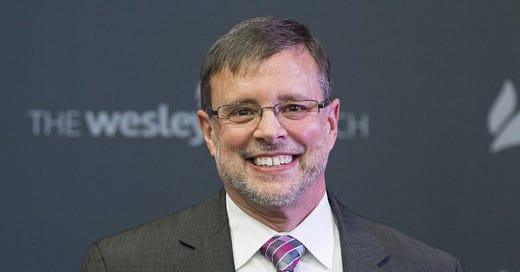



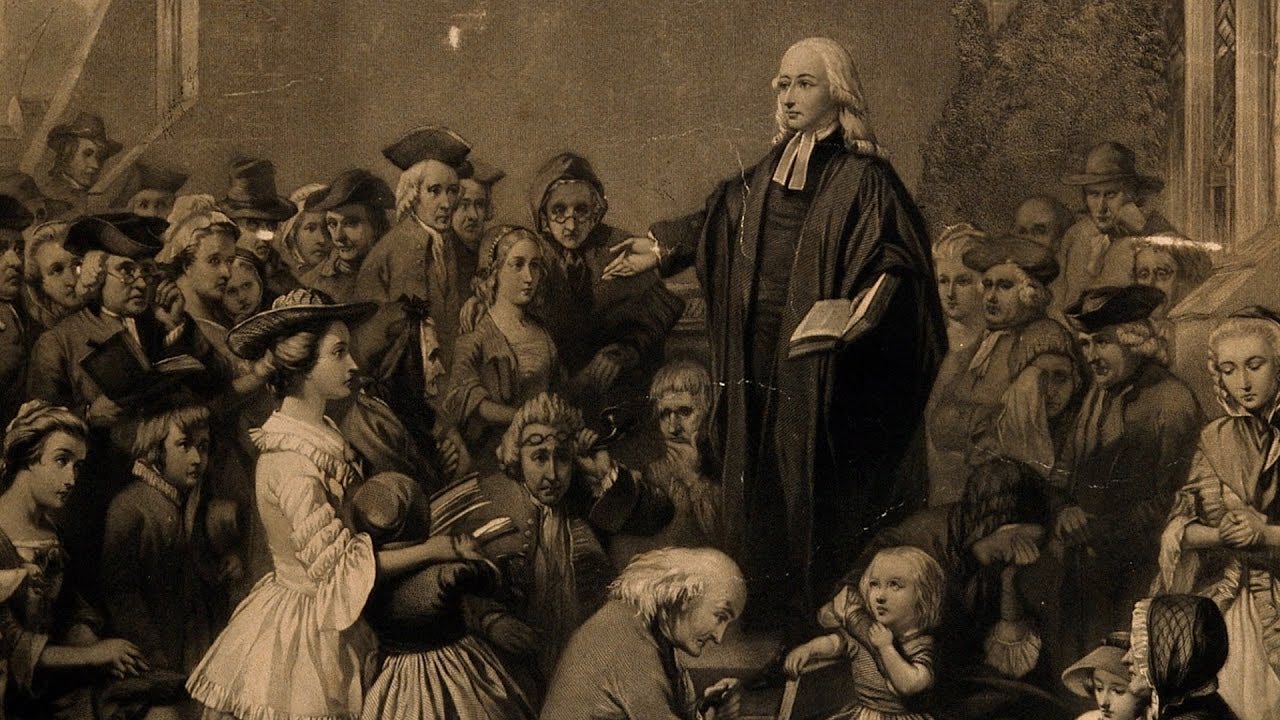

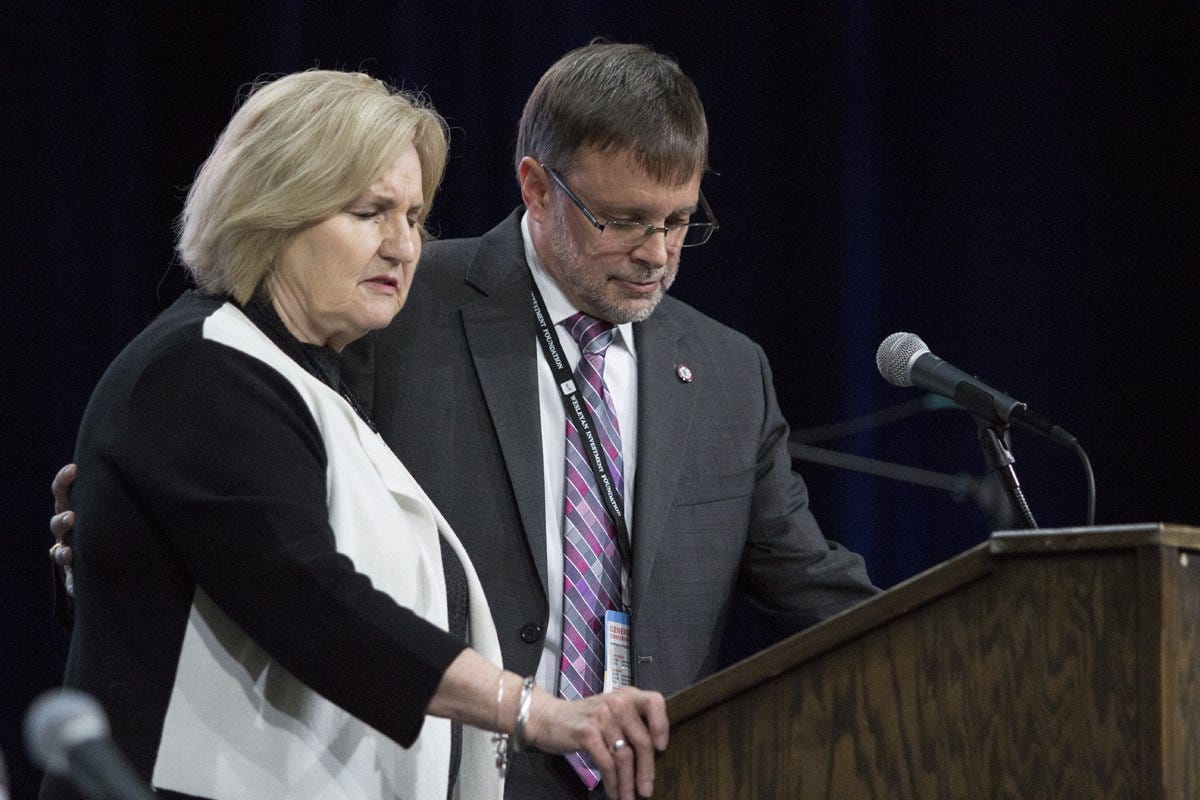
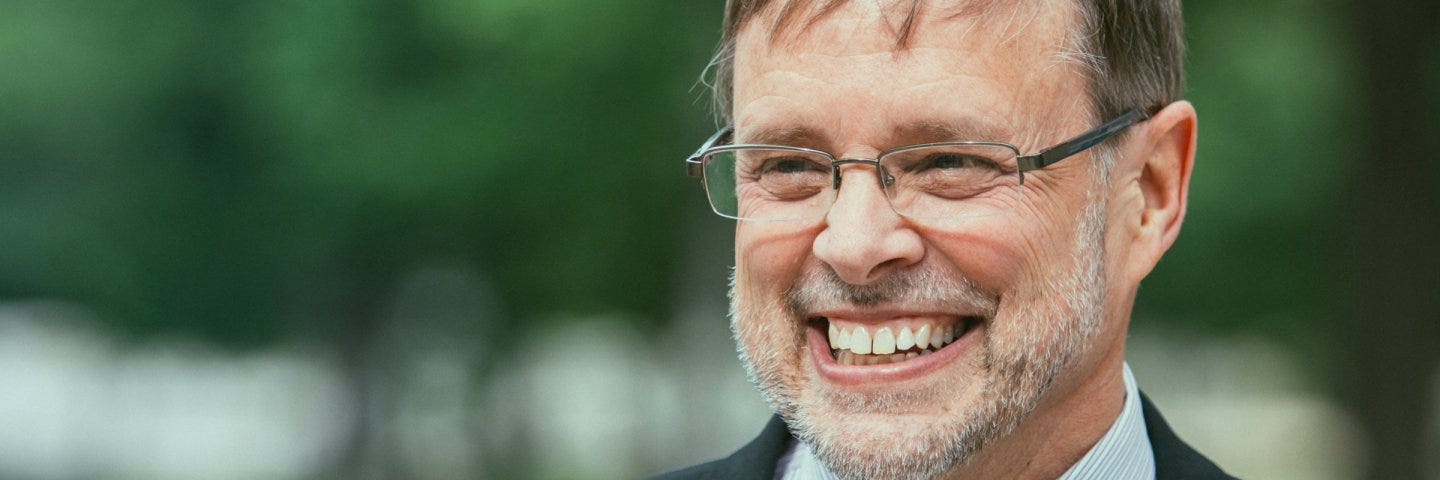
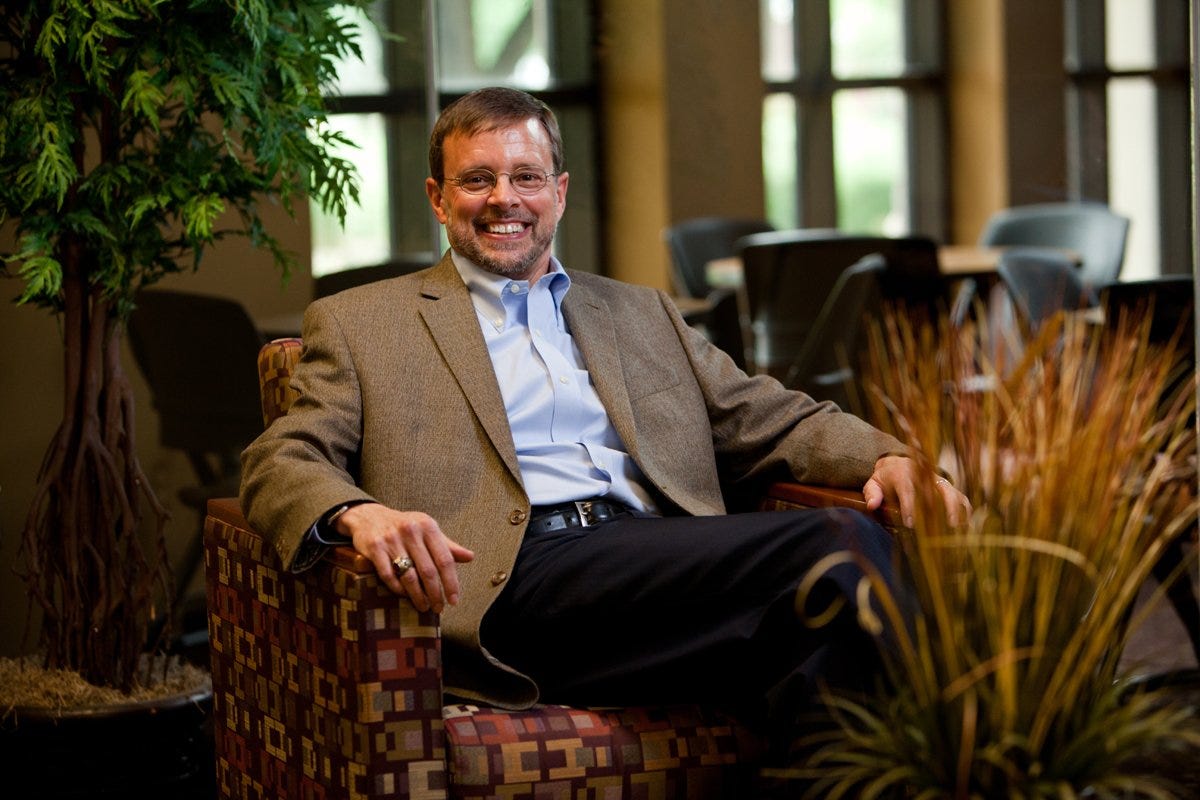

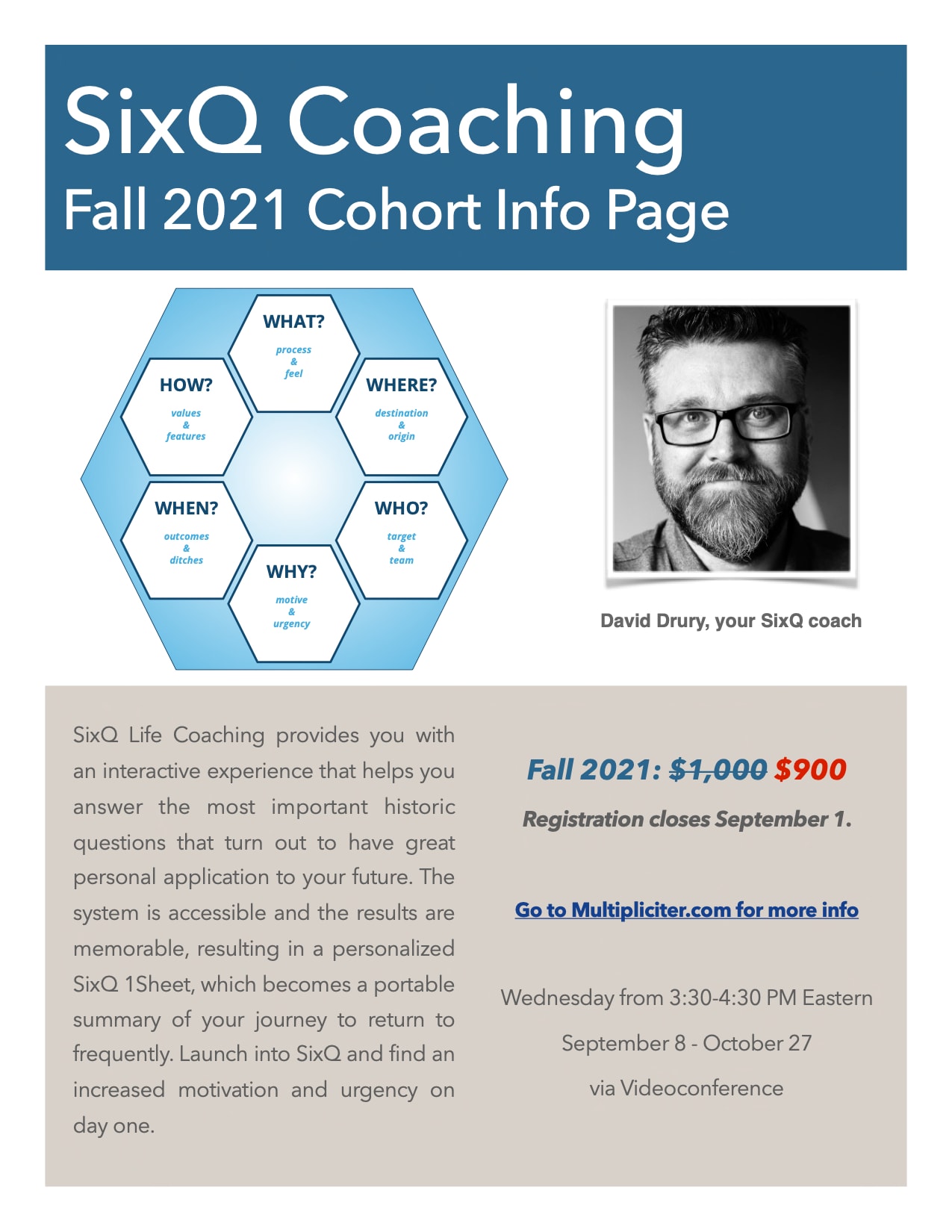
For myself, I have made a pretty radical shift OUT of an organizational positions--one where org-influencing was prized most. I'm sorting out now how much of me really is org-influencing, and I need to keep doing that from a coaching/consulting/mobilizing posture, and how much of that was really just demanded by the job.
I think I may actually be wired up like this:
1) ideas, 2) people, 3) orgs
In a pie-chart it might be this:
45% Ideas
35% People
20% Orgs
But I have had to function more as an org-influencer for many years as a second-chair leader. So perhaps I wasn't in my sweet spot--or perhaps my ideas/people leaning helped the orgs not succumb to the problems an "org only" focus might have.
Thinking on this for myself. How about you?
This is great, I am looking forward to engaging with you.
On the surface it would seem like I am wired ideas/orgs/people though it is probably more truly people/ideas/orgs since needs drive my ideas. Do you see how I am processing? 🤔